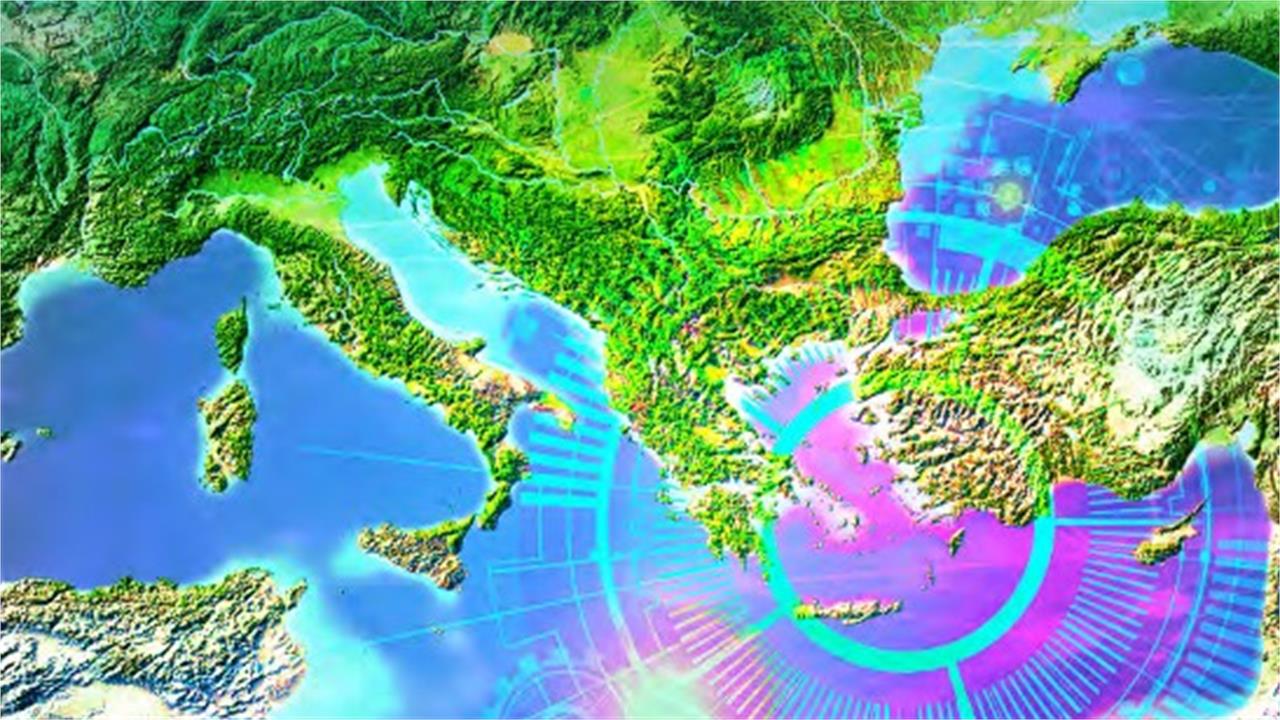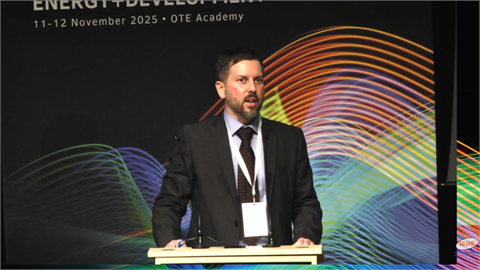Τhe Institute of Energy for SE Europe (IENE) has just published an in – depth analysis on “Energy Options in the East Mediterranean”. This latest (July 2025) IENE Study (M72), which was undertaken solely upon the initiative of the Institute, attempts to provide an overview of the current and anticipated energy developments in the East Mediterranean by presenting the energy options which are attainable within a realistic framework. The full text of the study is accessible via IENE’s website (see here).
The study adopts a more long-term view and examines the utilisation of the East Mediterranean’s energy resources on a holistic basis, as the region emerges as a potentially key energy supplier to Europe, with new projects and initiatives unveiled almost daily. In this context, this latest IENE study focuses on the various energy options available now and in future, and how these could be assessed individually or in conjunction with one another, depending on geography and the energy resource concerned.
The “Energy Options in the East Mediterranean” study reveals that although the energy options are plenty, there are only few avenues to be followed that could lead to their full development, in the sense of providing immediate answers to pressing energy supply issues. In their quest for viable energy options, the study contributors have considered all countries that surround the East Mediterranean basin and include Egypt, Israel, Lebanon, Cyprus, Syria, Turkiye and Greece.
These countries are of course examined in the broader context and their association with the Middle East and Iran. It has to be noted, however, that the study was completed just before the latest military confrontation between Israel and Iran, and, therefore, no mention whatsoever is made on the outcome of the conflict and its impact on the regional energy sector. The IENE has examined this issue in a separate News Analysis (here).
Assessing the energy options of the Eastern Mediterranean, the study points out that the region is emerging as a key energy hub, offering a diverse mix of resources and infrastructure potential. Natural gas remains the cornerstone of regional energy prospects, with substantial offshore reserves discovered in Israel, Egypt, and Cyprus. These finds have driven regional cooperation and export plans via LNG terminals and potential pipeline connections to Europe.
At the same time, the East Med holds considerable renewable energy potential, particularly solar and wind, given the region’s abundant solar radiation and favourable coastal wind regime. Several countries, including Turkiye, Egypt and Greece, are actively expanding renewable capacity as part of broader decarbonisation goals. This renewable push is also feeding into early-stage hydrogen strategies, for future export to European markets. Though dedicated hydrogen export infrastructure is still under development, blending hydrogen into existing gas pipelines may provide a transitional pathway. Electricity interconnections are also gaining momentum, with projects like GSI and GREGY, aiming to link the region’s electricity grids to Europe and Africa. These initiatives could facilitate renewable energy trade and enhance regional energy security.
According to IENE, hydrocarbons, renewables, hydrogen, and interconnectors seen together form a complementary energy portfolio, positioning the East Mediterranean potential energy supplier to the EU and also as critical bridge between energy producers and European markets.
Saudi Arabia, Egypt, Iran, and Iraq play pivotal roles in regional energy dynamics, and their policies and production capabilities as well as the energy demand significantly influence the market. The IENE stresses that it is only through close cooperation between all the East Mediterranean countries that the region stands a chance to emerge as key energy pillar and supplier to Europe. Overcoming cultural, economic, and political differences is essential for fostering cooperation and stability. In this context Turkiye’s geopolitical stance and relationships with its neighbours need to improve and the country’s energy outlook to align more to regional policies.
Overall, IENE’s “Energy Options in the East Mediterranean” study estimates that, utilising East Mediterranean’s huge energy potential both for covering the bulk of indigenous needs and for export is not self-evident. To realize this, it will require consistent and long-term cooperation between the various countries leading to well-planned and robust cross-border projects such as electricity interconnectors, gas and hydrogen pipelines and CCUS facilities. Also, and most importantly, a major effort needs to be undertaken to expand and upgrade the various national electricity grids as the penetration of renewables in the grid is accelerated.
In short, the East Mediterranean region has a significant and a well-explored but untapped energy potential, which when fully utilised can benefit its people and, at the same time, provide an important source of supply to European needs.
The IENE “Energy Options in the East Mediterranean” Study (M 72) was carried out by a special in-house research team comprising of Mr. Costis Stambolis (Energy Analyst - Executive Director, IENE), Mr. Kostis Oikonomopoulos (Petroleum Geoscientist – Research Fellow, IENE), Mr. Dimitrios Mezartasoglou (Economist - Research Fellow, IENE) and Mr. John Roberts (Energy Security Specialist – Visiting Senior Research Fellow, IENE).
The preparation of this study was primarily funded through IENE’s annual budget and with additional support provided by ENERGEAN, a leading hydrocarbon company active in the East Mediterranean and by Greece’s Independent Power Transmission Operator (IPTO).




